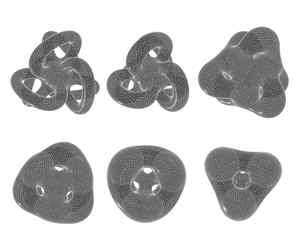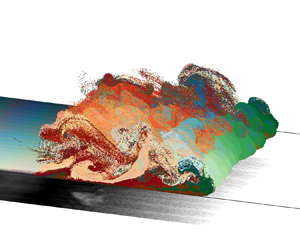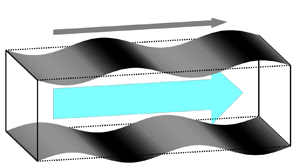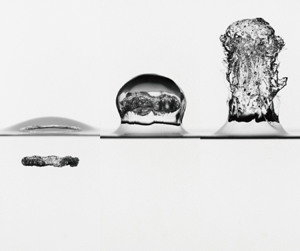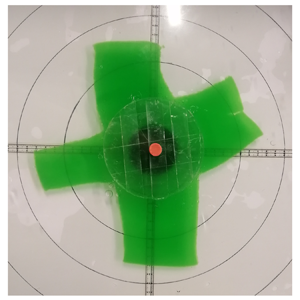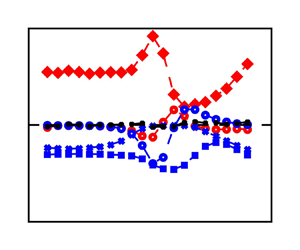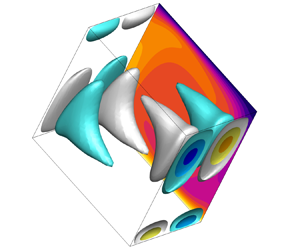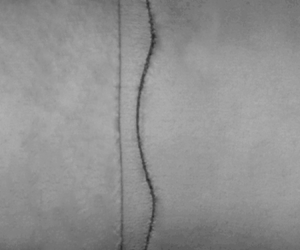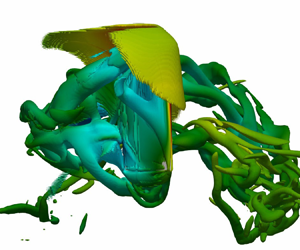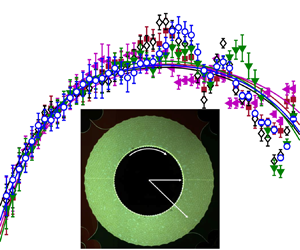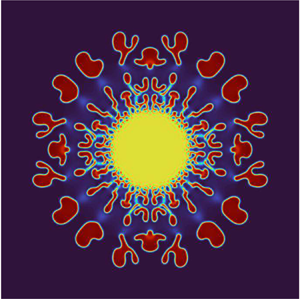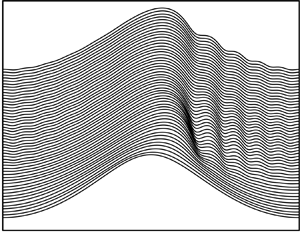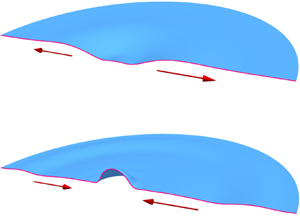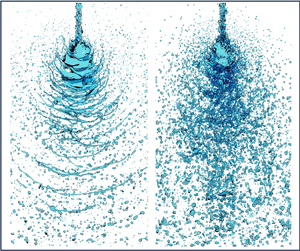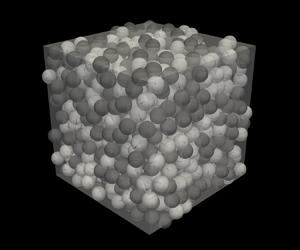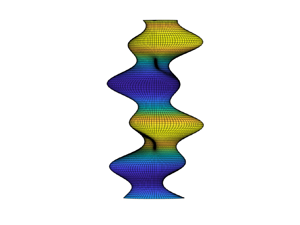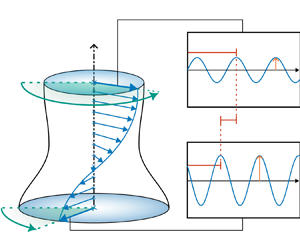doi:10.1017/jfm.2024.1209 Zhang et al. Free-surface jetting driven by a cavitating vortex ring
Contents
JFM Rapids
Stokes flow of an evolving fluid film with arbitrary shape and topology
-
- Published online by Cambridge University Press:
- 20 January 2025, R1
-
- Article
-
- You have access
- Open access
- HTML
- Export citation
JFM Papers
On the suspension and deposition within turbidity currents
-
- Published online by Cambridge University Press:
- 10 January 2025, A1
-
- Article
-
- You have access
- Open access
- HTML
- Export citation
Large-eddy simulation of high-Reynolds-number turbulent channel flow controlled using streamwise travelling wave-like wall deformation for drag reduction
-
- Published online by Cambridge University Press:
- 10 January 2025, A2
-
- Article
- Export citation
Asymptotic approximations for convection onset with Ekman pumping at low wavenumbers
-
- Published online by Cambridge University Press:
- 10 January 2025, A3
-
- Article
-
- You have access
- Open access
- HTML
- Export citation
Free-surface jetting driven by a cavitating vortex ring
-
- Published online by Cambridge University Press:
- 10 January 2025, A4
-
- Article
-
- You have access
- Open access
- HTML
- Export citation
Predicting burst events in a forced two-dimensional flow: a wavelet-based analysis
-
- Published online by Cambridge University Press:
- 13 January 2025, A5
-
- Article
-
- You have access
- Open access
- HTML
- Export citation
Fracturing behaviour of a shear-thinning fluid in a lubricated Hele-Shaw cell
-
- Published online by Cambridge University Press:
- 13 January 2025, A6
-
- Article
-
- You have access
- Open access
- HTML
- Export citation
Energy thickness in turbulent boundary layer flows
-
- Published online by Cambridge University Press:
- 13 January 2025, A7
-
- Article
- Export citation
Three-dimensional stability of natural convection flows in inclined square enclosures
-
- Published online by Cambridge University Press:
- 13 January 2025, A8
-
- Article
-
- You have access
- Open access
- HTML
- Export citation
Manipulation of Richtmyer–Meshkov instability on a heavy–light interface via successive shocks
-
- Published online by Cambridge University Press:
- 13 January 2025, A9
-
- Article
- Export citation
A scaling law for the lift of a bio-inspired wing hovering in low-density compressible flows
-
- Published online by Cambridge University Press:
- 13 January 2025, A10
-
- Article
- Export citation
Dilatancy and its coupling to the kinematics in sheared granular media
-
- Published online by Cambridge University Press:
- 13 January 2025, A11
-
- Article
-
- You have access
- Open access
- HTML
- Export citation
Numerical simulation of effects of phase separation on viscous fingering in radial Hele-Shaw flows
-
- Published online by Cambridge University Press:
- 21 January 2025, A12
-
- Article
-
- You have access
- Open access
- HTML
- Export citation
Time-dependent nonlinear gravity–capillary surface waves with viscous dissipation and wind forcing
-
- Published online by Cambridge University Press:
- 14 January 2025, A13
-
- Article
-
- You have access
- Open access
- HTML
- Export citation
Focussing of concentric free-surface waves
-
- Published online by Cambridge University Press:
- 14 January 2025, A14
-
- Article
-
- You have access
- Open access
- HTML
- Export citation
Turbulent atomisation of impinging jets under rising backpressure
-
- Published online by Cambridge University Press:
- 14 January 2025, A15
-
- Article
- Export citation
Clustering of buoyant tracer in quasi-geostrophic coherent structures
-
- Published online by Cambridge University Press:
- 14 January 2025, A16
-
- Article
-
- You have access
- Open access
- HTML
- Export citation
Hydrodynamic diffusion in apolar active suspensions of squirmers
-
- Published online by Cambridge University Press:
- 16 January 2025, A17
-
- Article
-
- You have access
- Open access
- HTML
- Export citation
Stability of cylindrical, multicomponent vesicles
-
- Published online by Cambridge University Press:
- 16 January 2025, A18
-
- Article
-
- You have access
- Open access
- HTML
- Export citation
Alfvén waves at low magnetic Reynolds number: transitions between diffusion, dispersive Alfvén waves and nonlinear propagation
-
- Published online by Cambridge University Press:
- 16 January 2025, A19
-
- Article
-
- You have access
- Open access
- HTML
- Export citation

